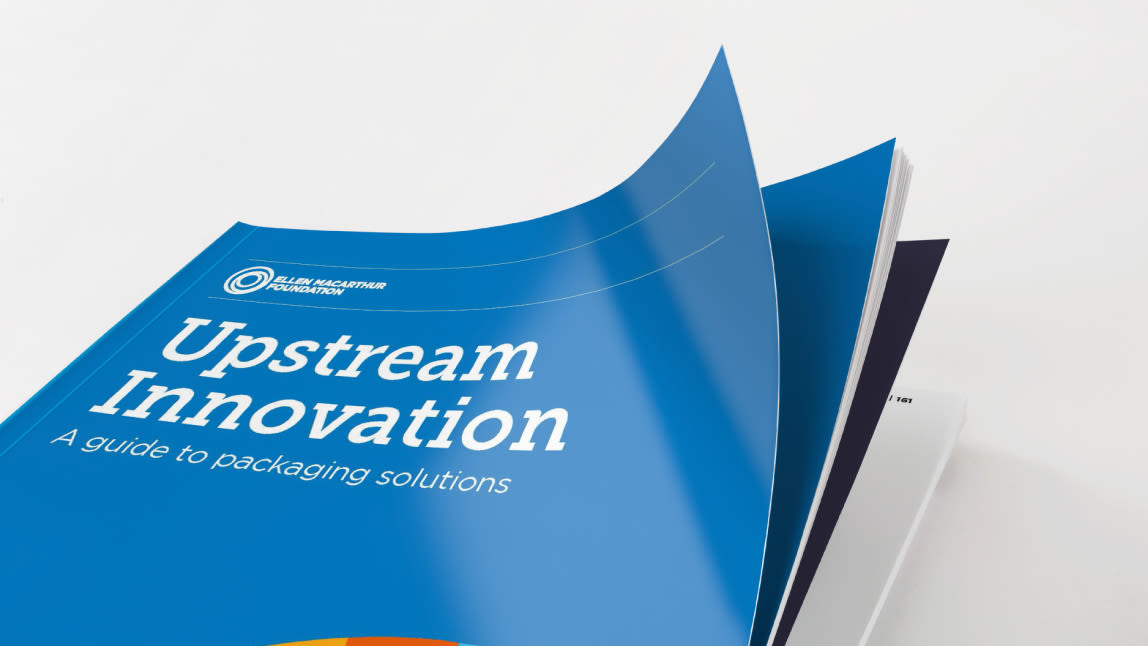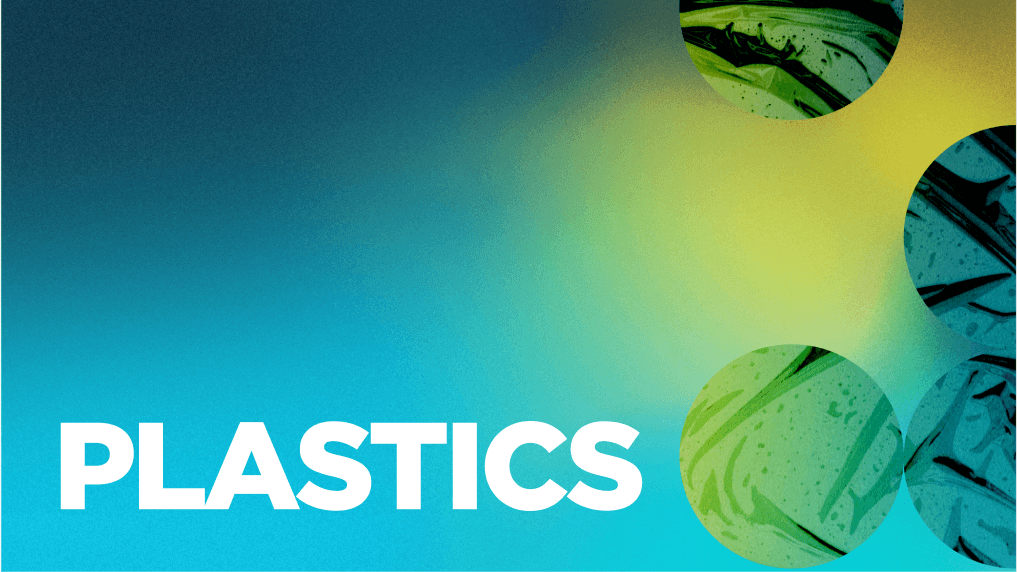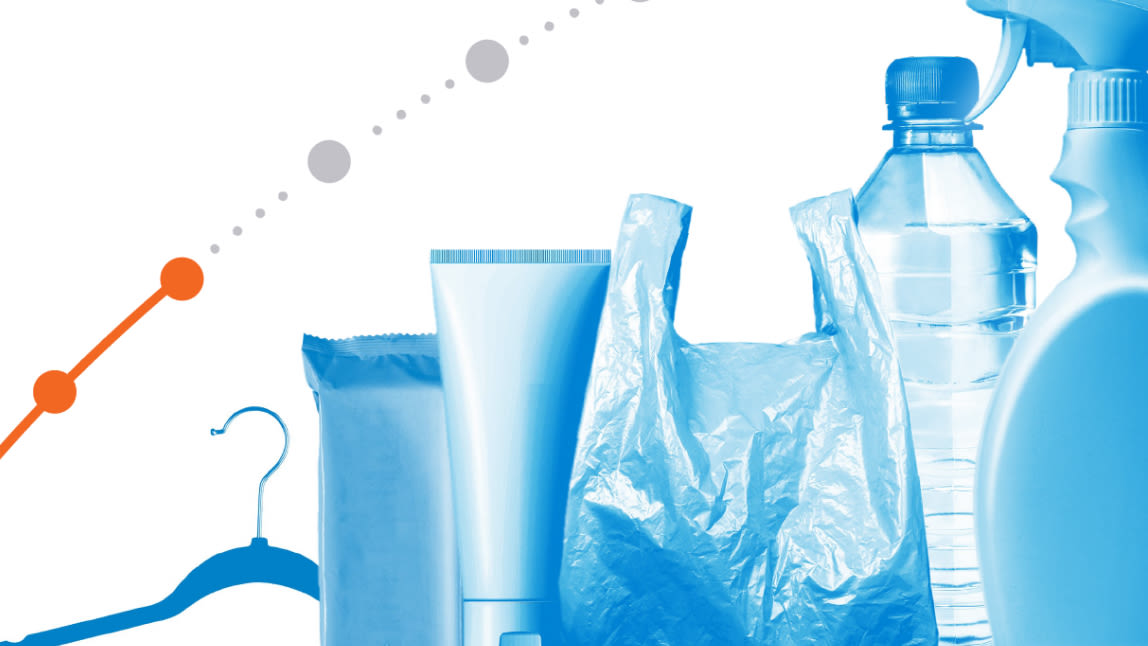Flexible packaging is the fastest-growing plastic packaging category. Because it is almost uniformly single-use, with very low recycling and high leakage rates, it is also by far the most challenging market segment to address. To accelerate the transition towards a circular economy for plastics, it is time to urgently deliver solutions for flexible packaging.
Our latest publication aims to support businesses and governments in achieving their circular economycircular economyA systems solution framework that tackles global challenges like climate change, biodiversity loss, waste, and pollution. It is based on three principles, driven by design: eliminate waste and pollution, circulate products and materials (at their highest value), and regenerate nature. for plastics goals by providing a practical direction forwards for flexible packaging. We have identified 21 specific and urgent actions that are needed in order to make progress towards the 2025 plastic packaging targets and beyond. Businesses, collaborative cross-sector initiatives, policymakers, and other organisations that are already on their circular economy journey can use the actions as a framework to identify how exactly they can contribute to the collective journey towards a circular economy for plastics.
With input from + 100 experts, the work presents an overarching strategy which involves acknowledging that:
Eliminating and innovating away from single-use flexible packaging must be the first and foremost part of any flexible packaging strategy — because as soon as single-use flexible waste is generated, regardless of material or geography, it is very difficult to deal with.
For the single-use flexible packaging items that cannot currently be eliminated without unintended consequences, unprecedented efforts are required across packaging design, infrastructure, and policy to ensure they can be circulated.
While they are currently a necessary part of the solution, the inherent quality and yield limitations of recycling and substitution strategies mean that staying with single-use flexible packaging will always present a challenge from a circular economy perspective.
“Flexible packaging is the fastest-growing type of plastic packaging and it is by far the most challenging part of the market to address on the journey towards a circular economy for plastics. As soon as single-use flexible waste is generated, regardless of what it is made of, or where in the world it is used, it is very difficult to deal with. While we must step up the efforts to recyclerecycleTransform a product or component into its basic materials or substances and reprocessing them into new materials. the flexibles we currently use, first and foremost we need an urgent step-change towards eliminating and innovating away from single-use flexible packaging. Current efforts are only scratching the surface.”
- Sander Defruyt, The Ellen MacArthur Foundation's Plastics Initiative Lead






